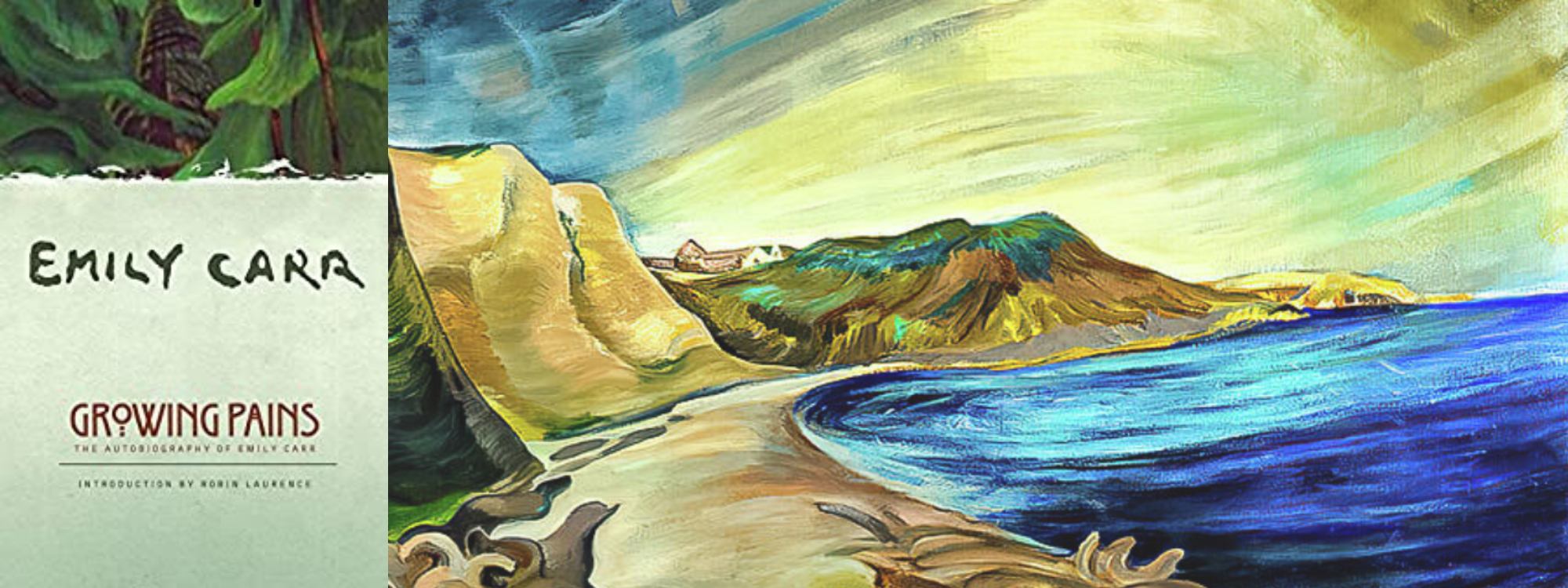I went to Westminster to hunt up my Art School.
I was to become very familiar with Westminster Abbey because the Art School lay just behind it, being housed in the Architectural Museum in Tufton Street. There stood the richly magnificent Abbey stuffed with monumental history, then a flanking of dim, cold cloisters, after that the treed, grassed dignity of Dean’s Yard and then you passed through an archway in a brick wall and were in Tufton Street. Here was the Architectural Museum, a last shred of respectability before Westminster plunged into terrible slum. In the Architectural Museum was housed the Westminster School of Art.
I climbed the Museum’s grimy steps, pushed my shoulder against the heavy swing-door, entered a dark, lofty hall smelling of ossification—cold, deadly, deadly cold.
“Wat’cher wantin’?”
“I am looking for the Westminster School of Art.”
“ ’Ere, but ’olidayin’.”
The old janitor thumbed to a door up two steps, muttered, “Orfice” and lighted a gas jet over the door. Down the entire length of the hall was lying a double row of stone couches, on each of which was stretched a stone figure.
“Who are these?”
“Them is Great Uns, Miss.”
The janitor’s grim, dirty face went proud.
In the office I found Mr. Ford, the Curator, a white-bearded, tall old man, gentle, clean, too lovely for this grim setting. He smiled kindly, pen poised over his figuring.
“Yes?”
“Please, may I join the Art School?”
He reached for his enrolment book, wrote, “Emily Carr, Victoria, B.C. . . . English?”
“No, Canadian.”
“Ah! Canadian, eh?”
His smile enveloped Canada from East to West, warming me. So few over here accepted Canada. These people called us Colonials, forgot we were British. English colonists had gone out to America with a certain amount of flourish years and years ago. They had faded into the New World. Later, undesirable not-wanteds had been shipped out to Canada. It was hoped that America would fade them out too—all the west side of the earth was vaguely “America” to England. This courteous old gentleman recognized Canada as herself—as a real, separate place.
“How soon can I start work?”
“As soon as the class rooms open next Monday, Miss Hurry.”
The Museum was lighted when I came out of the Office. A dreary young man in rusty black was drawing in a little black book propped against a stone dove on a shelf, bits of cornices, stone lilies, and saints with their noses worn off. Why must these people go on, and on, copying, copying fragments of old relics from extinct churches, and old tombs as though those were the best that could ever be, and it would be a sacrilege to beat them? Why didn’t they want to out-do the best instead of copying, always copying what had been done?
I walked down the centre of the hall between the rows of stone sofas. I could not see the faces of the “Great Uns”. The crowns of their recumbent heads were towards me. Some had stone hair, some hoods of stone, the heads of some were bald. It chilled one to see their bareness against stone pillows—hands crossed over stone bosoms, feet exactly paired, chipped old noses sticking up from stone faces, uncosy stone robes draping figure and sofa. Except for the Curator, the Westminster Architectural Museum was grim.
Something smelly was very close. The janitor was “shooing” the dreary young man out. He held wide the heavy door, beckoned me and cupped his filthy paw for a tip. . . .
“Closing time!”
Fog was in dirty Tufton Street. I did not put a tip into the dirtier hand. He banged the door after me. Newton expected a tip for every nothing he did or did not do. That janitor was loathsome—my first experience of that type of cockney.




0 comments